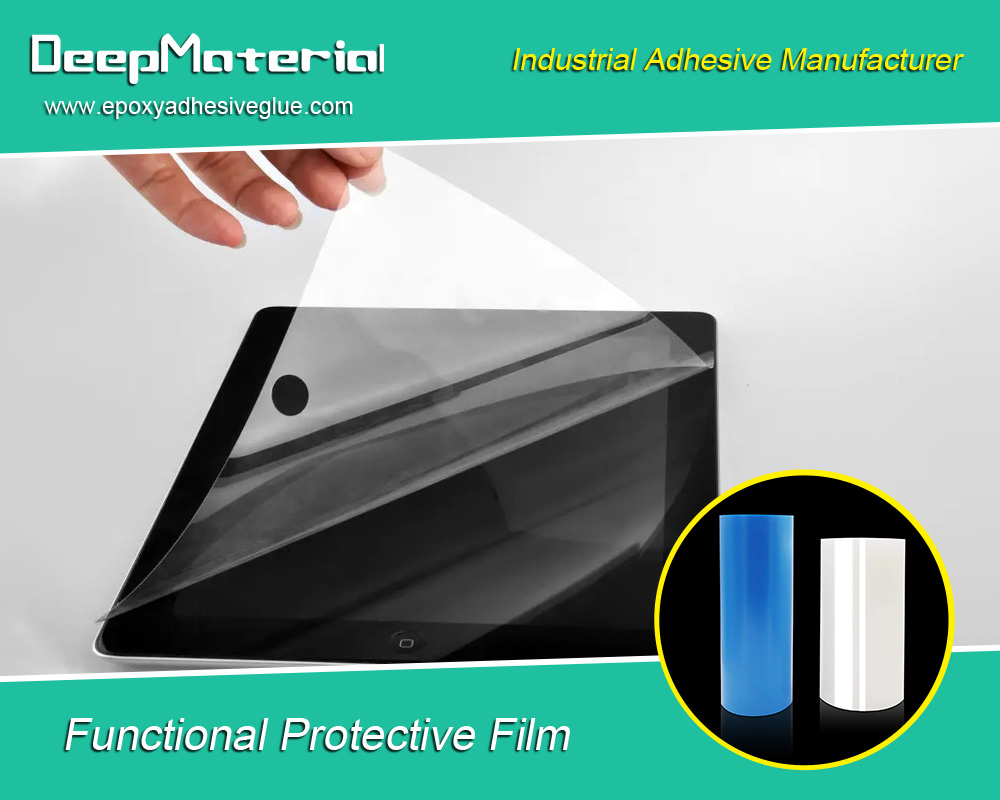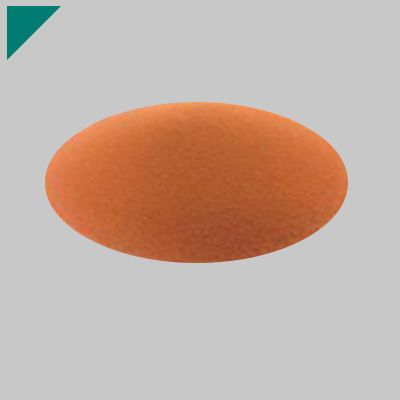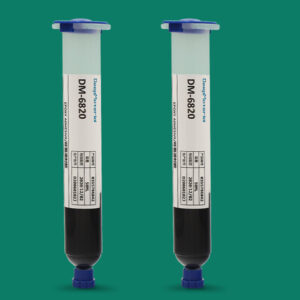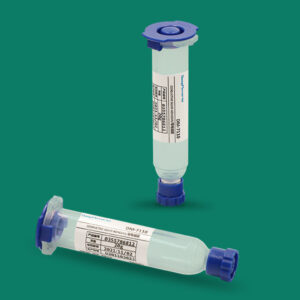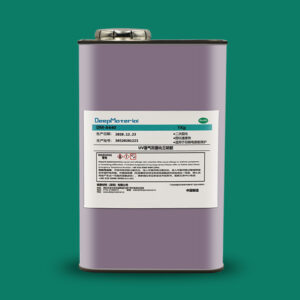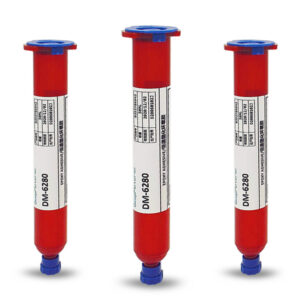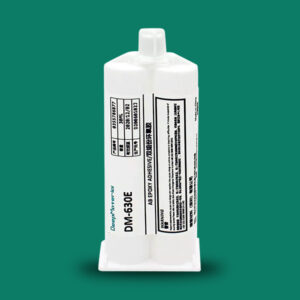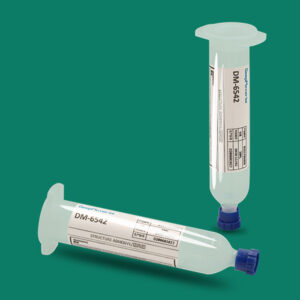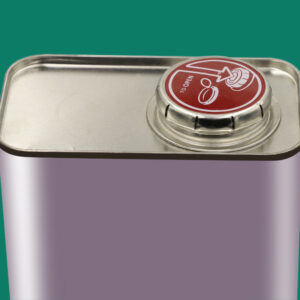Class D Lithium Fire Extinguisher: The Ultimate Solution for Lithium-Ion Battery Fires
Class D Lithium Fire Extinguisher: The Ultimate Solution for Lithium-Ion Battery Fires
Lithium-ion batteries are integral to modern life. From smartphones and laptops to electric vehicles (EVs) and renewable energy storage systems, these batteries power the technology we use daily. However, lithium-ion batteries offer high energy density and efficiency but also present significant safety risks. One of the most dangerous risks is fire—specifically, lithium-ion battery fires that occur due to thermal runaway, physical damage, or overcharging.
Traditional fire extinguishers are not effective in dealing with lithium-ion battery fires. These fires involve intense heat, hazardous gases, and reactions that can reignite long after extinguishing the initial fire. As a result, Class D fire extinguishers, specifically designed to handle metal fires like lithium, have become the go-to solution for fighting lithium-ion battery fires.
What is a Class D Fire Extinguisher?
A Class D fire extinguisher is a fire suppression tool explicitly designed to combat fires caused by combustible metals, such as lithium, sodium, and magnesium. These metals have properties that make them particularly hazardous when involved in a fire, as they can react violently with water or other substances commonly used in traditional fire extinguishers. Unlike standard extinguishers that use water or foam, Class D extinguishers use dry powder agents that can safely suppress fires involving these metals.
The most common dry powders used in Class D fire extinguishers are sodium chloride (NaCl), graphite powder, and specialized powders designed to react safely with the metals involved in a fire, effectively interrupting the chemical reactions that fuel the blaze.
Why Do Lithium-Ion Batteries Require Class D Fire Extinguishers?
Lithium-ion batteries have unique characteristics that make them different from other types of fires. When a lithium-ion battery catches fire, it can quickly escalate due to thermal runaway. In this chain reaction, the battery’s internal temperature rises uncontrollably, releasing flammable gases and causing the battery cells to ignite. This makes fighting a lithium-ion battery fire extremely challenging.
Key reasons why lithium-ion batteries require specialized fire extinguishers like Class D include:
- Thermal Runaway:If a lithium-ion battery is overheated or physically damaged, it can enter thermal runaway, releasing flammable gases and igniting. These fires are often much hotter and more difficult to contain than conventional fires.
- Toxic Gases:Lithium-ion battery fires produce hazardous gases, including hydrogen fluoride, which can be harmful or even fatal to anyone nearby.
- Reignition Risk:Even after a lithium-ion battery fire is extinguished, the fire can reignite, mainly if the proper suppression method is not used.
- Water Reactivity:Lithium-ion batteries should never be doused with water. Using water on a lithium-ion battery fire can cause the battery to release more heat, increase the fire’s intensity, or even cause an explosion.
Class D fire extinguishers are effective in dealing with these challenges because they do not react with the lithium or other metals in the battery, and they can quickly stop the chemical reactions responsible for fueling the fire.
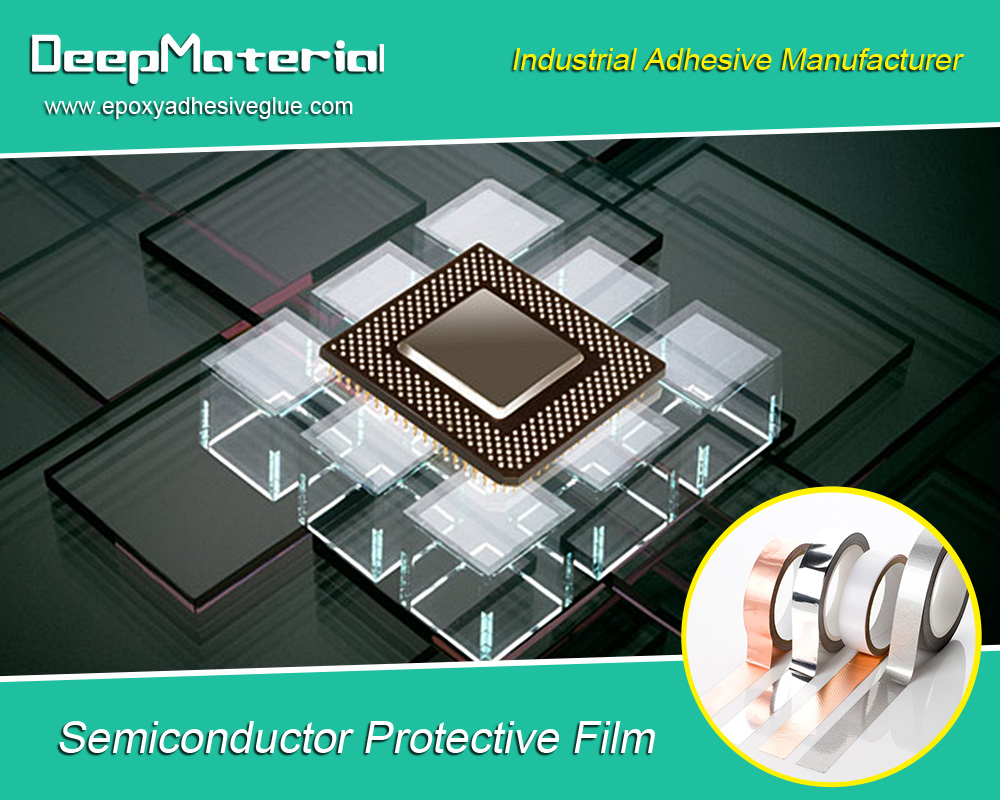
How Does a Class D Lithium Fire Extinguisher Work?
Class D fire extinguishers, including lithium, are engineered explicitly to fight fires caused by metal combustion. These extinguishers work by interrupting the chain reaction of combustion using a dry powder agent. Here’s how they function:
Dry Powder Agent
The key to a Class D fire extinguisher’s effectiveness lies in the dry powder it uses. The most commonly used powders include:
- Sodium Chloride (NaCl):This salt-based powder is commonly used in Class D extinguishers for lithium fires. It helps absorb the fire’s heat and forms a barrier over the burning material, preventing oxygen from reaching it.
- Graphite Powder:Often used in higher-temperature applications, graphite powder can absorb heat and form a non-reactive layer over the metal fire, stopping it from spreading.
- Copper Powder:Copper powder effectively extinguishes fires involving specific metals, such as lithium and magnesium.
The dry powder smothers the fire, cutting off the oxygen supply and preventing the combustion process from continuing. It also helps cool the fire down, reducing the heat that fuels thermal runaway in lithium-ion batteries.
Heat Absorption
The dry powder agents in a Class D fire extinguisher are specifically designed to absorb the heat produced by the burning lithium-ion battery. By reducing the temperature of the fire, the agent helps stop the thermal runaway reaction characteristic of lithium-ion battery fires.
Non-Reactivity
One of the most critical aspects of a Class D fire extinguisher is that the dry powder does not react with lithium or other metals. Lithium-ion battery fires can become far more dangerous if the wrong substance, like water, comes into contact with the metal. Class D extinguishers are designed to be safe and effective without causing further reactions.
Forming a Barrier
As the dry powder coats the surface of the fire, it forms a protective layer that isolates the burning material from oxygen, helping to suppress the fire. This barrier is crucial for preventing the fire from reigniting after it appears to be extinguished.
When to Use a Class D Lithium Fire Extinguisher
Class D fire extinguishers are designed explicitly for combustible metal fires, including lithium fires. Here are some situations where a Class D extinguisher would be necessary:
Electric Vehicle (EV) Fires
Electric vehicles use sizeable lithium-ion battery packs, which are vulnerable to catching fire in the event of a crash, overcharging, or other failures. A Class D fire extinguisher is essential in preventing these fires from escalating, as it is designed to put out fires in high-energy lithium-ion battery packs safely.
Energy Storage Systems (ESS)
As the use of renewable energy grows, many industries are turning to Energy Storage Systems (ESS) that store energy generated from solar, wind, or other sources. These systems often rely on enormous banks of lithium-ion batteries, and fires in these setups require specialized fire suppression methods like Class D extinguishers.
Consumer Electronics
Although lithium-ion battery fires in consumer electronics are less common, they can still occur. When such a fire breaks out in devices like laptops, smartphones, or tablets, a Class D fire extinguisher is the safest option to stop the fire before it spreads.
Industrial Applications
Lithium-ion batteries are becoming increasingly common in industrial applications, from warehouse robots to drones. A Class D fire extinguisher in these settings is a must-have safety measure to ensure that any potential fire is handled quickly and effectively.
Key Features of a Class D Lithium Fire Extinguisher
When selecting a Class D fire extinguisher for lithium-ion battery fires, there are several features you should look for to ensure its effectiveness and reliability:
- High-Temperature Resistance:Class D extinguishers must be able to handle extremely high temperatures, as lithium-ion battery fires can burn at over 1,000°C (1,832°F).
- Long Shelf Life:A suitable Class D fire extinguisher should have a long shelf life and remain effective for years. Look for products with an extended expiration date and proper sealing.
- Ease of Use:The extinguisher should be easy to handle, especially in high-stress situations. Look for a model with a comfortable grip and clear, simple instructions.
- Portable Size:Depending on where it will be used (e.g., at home, in a car, or at an industrial site), choose a Class D fire extinguisher that is the right size and weight for easy transport.
- UL Rating:Check for the UL (Underwriters Laboratories) rating to ensure the extinguisher meets industry standards for fighting metal fires.
Top Class D Fire Extinguishers for Lithium-Ion Battery Fires
Several companies manufacture Class D fire extinguishers specifically designed for lithium-ion battery fires. Here are a few of the top-rated options:
- Kidde Lithium-Ion Battery Fire Extinguisher (Class D)
- Best For:EVs and energy storage systems.
- Features:Sodium chloride-based powder explicitly designed for lithium-ion battery fires.
- Pros:Effective in a variety of lithium-ion battery applications.
- Cons:Requires clean-up after use.
- Amerex 430B Lithium Battery Fire Extinguisher
- Best For:Industrial and commercial applications.
- Features:Uses graphite powder to suppress fires effectively and prevent reignition.
- Pros:Durable, reliable, and suitable for larger battery packs.
- Cons:Heavy and bulky for some personal applications.
- Fireade Class D Fire Extinguisher
- Best For:Small to medium-sized lithium-ion battery fires.
- Features:Magnesium powder-based agent that can suppress lithium fires effectively.
- Pros:Compact and portable for use in vehicles or small workshops.
- Cons:Additional training may be required for proper use.
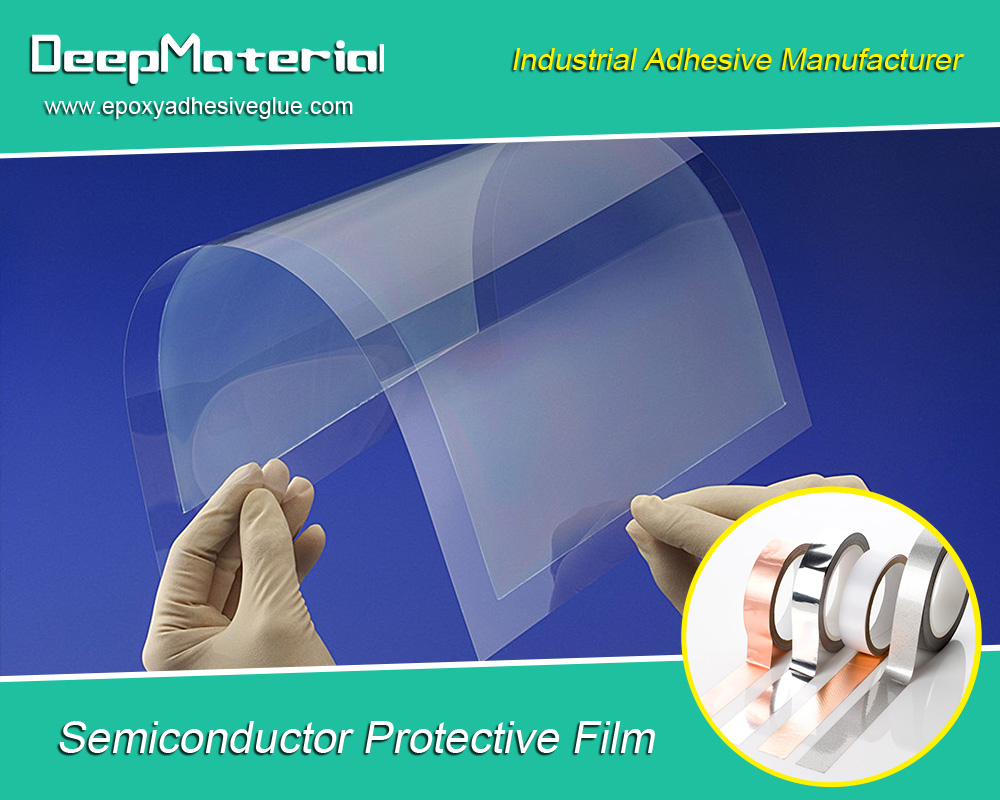
Conclusion
Lithium-ion battery fires are a growing concern as the use of these batteries continues to rise. Conventional extinguishers often fail when a lithium-ion battery fire occurs, and the risk of the fire spreading or reigniting is significant. The Class D lithium fire extinguisher provides a safe and effective solution, using dry powder agents to suppress the fire without exacerbating the situation.
For more about choosing the best class D lithium fire extinguisher: the ultimate solution for lithium-ion battery fires, you can pay a visit to DeepMaterial at https://www.epoxyadhesiveglue.com/category/epoxy-adhesives-glue/ for more info.


